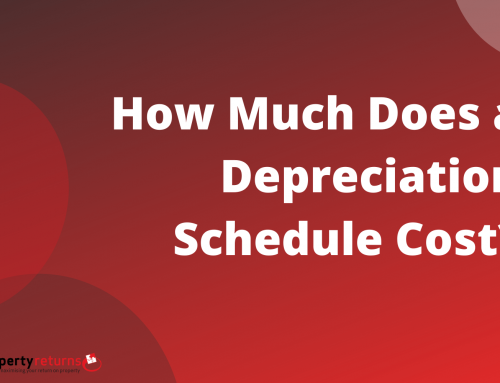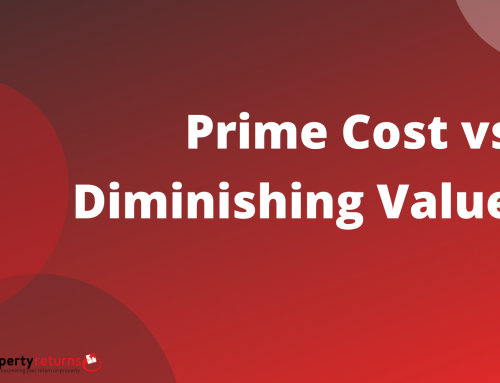The rental yield is used to compare properties and ascertain which one is better. Currently in most parts of Australia the rental yields are on the rise. Lets start at the definition of a rental yield and then move into a bit of analysis of the term.
How Do You Calculate Gross Rental Yield
How do you work out a yield?
When looking for investment property, you will notice agents dropping in comments on yields. What you have to be aware of is that most of them will be referring to the ‘gross’ yield and not the ‘net’ yield. Make sure you ask which one they are quoting. It is also worth knowing how to work out the gross and net yield of a property so you can calculate them.
Gross yield = annual rental income (weekly rental x 52) / property value x 100
For example:
Property purchase $680,000 Weekly rent $540 ($540 x 52) = $28,080 /$680,000 x 100 = 4.1%
Net yield = annual rental income (weekly rental x 52) – annual expenses and costs/ property value x 100
Can We Use Rental Yields To Compare Properties?
Yes, you can… You can compare two properties based on their rental yield. Having said that gross rental yields alone is not enough in making your investment decision. The gross rental yield does not consider the costs of maintaining the property. A better indicator of comparison is the ‘net rental yield’.
Add the following individual annual costs to get the total annual costs:
- Strata Fees
- Water Bills (add an approx figure if you are not aware of this)
- Agent Fees
- Council Rates
- Repairs (add an approx figure if you are not aware of this)
- Any Other Costs
Subtract the total annual costs from the annual rent. This gives you annual rent after all annual costs.
And so the new formula for rental yield is –
[(Weekly Rent * 52) – Total Annual Costs]* 100
a blog written by, James Hannah Tax Depreciation Specialist.





Leave A Comment